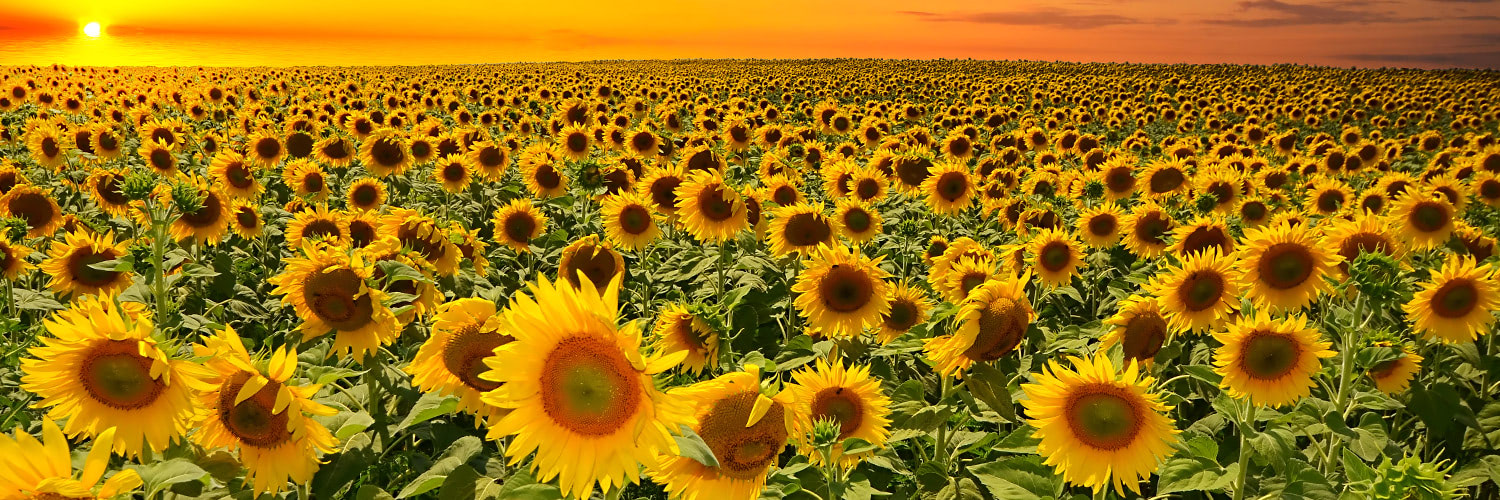
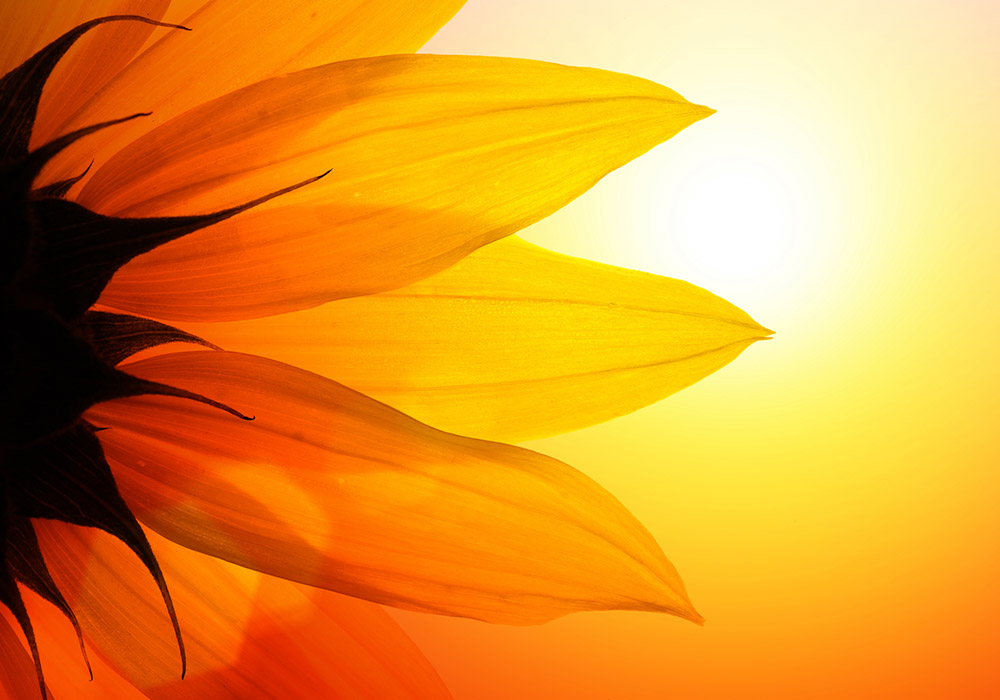
About the Sunflower
Around 1000 BC, wild sunflowers in the western region of the United States were domesticated, and their seeds were harvested for food. Today, sunflowers are grown and admired all over the world. While many people continue to enjoy sunflower seeds as a healthy afternoon snack, sunflower oil is also used for cooking and as an ingredient in self-care or beauty products. Their seeds are a great source of calcium, and their oil is abundant with anti-inflammatory properties.
Characteristics of Sunflowers
Classic yellow sunflowers are perhaps the most easily identified and popular type of sunflower. Their large brown centers are surrounded by a ray of thin yellow petals, known as "ray florets," that sit on top of a long fuzzy green stem. The common sunflowers grow annually in the late summer and early autumn and may reach 3 -15 feet in height and 3 - 12 inches in diameter. Find these mood-boosting beauties in bud vases by themselves or in all sorts of seasonal bouquets and arrangements.
Although yellow is the most common sunflower hue, you can also find colorful sunflowers like red, purple, brown, white, and pink that are categorized as either "giant sunflowers" or "dwarf sunflowers." Giant sunflowers, like Skyscrapers, Sunforest Mix, and Russian Mammoth, can grow between 12 and 16 feet tall, while dwarf sunflowers, including Taiyo, Little Becka, Suntastic Yellow, and Pacino, only reach a height of three feet at best.
- Between one and two thousand miniature flowers make up the head of a sunflower.
- Dried sunflowers make the perfect natural bird feeder.
- Mature sunflowers will no longer practice heliotropism and face east for the remainder of their lives.
- In 2014, the record for the world's largest sunflower was broken by a 30 feet tall sunflower in Karst, Germany, owned by Hans-Peter Schiffer.
- Sunflowers planted in Fukushima were used to help absorb and clean up nuclear radiation that remained in the soil after a tsunami struck reactors.
- Renowned painters including Diego Rivera, Alfred Gockel, and Vincent Van Gogh found sunflowers to be an inspirational muse and an important subject in their work.
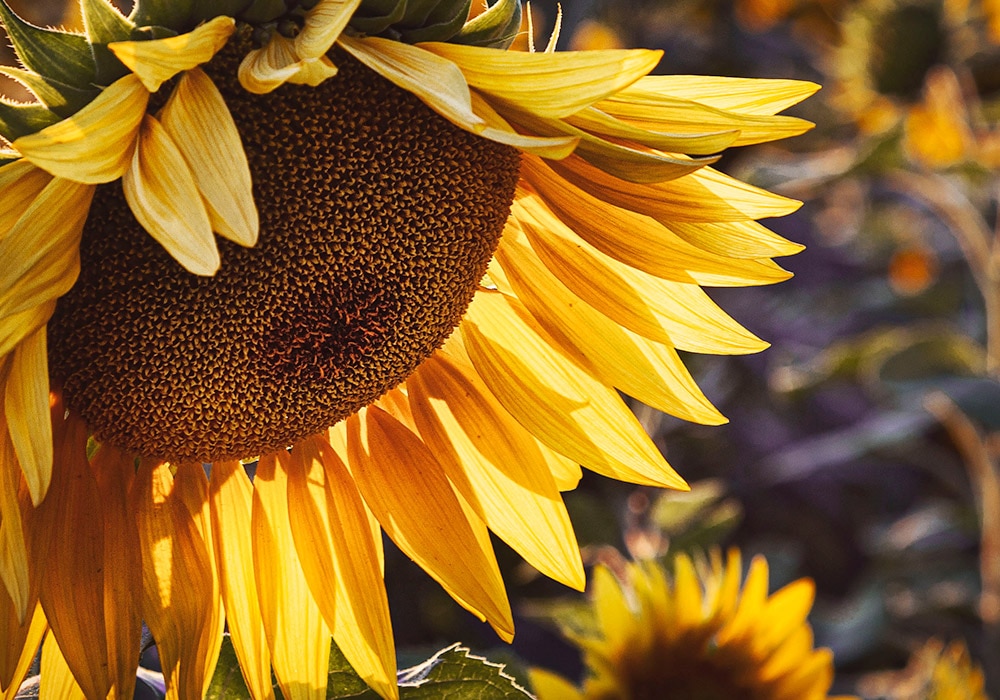
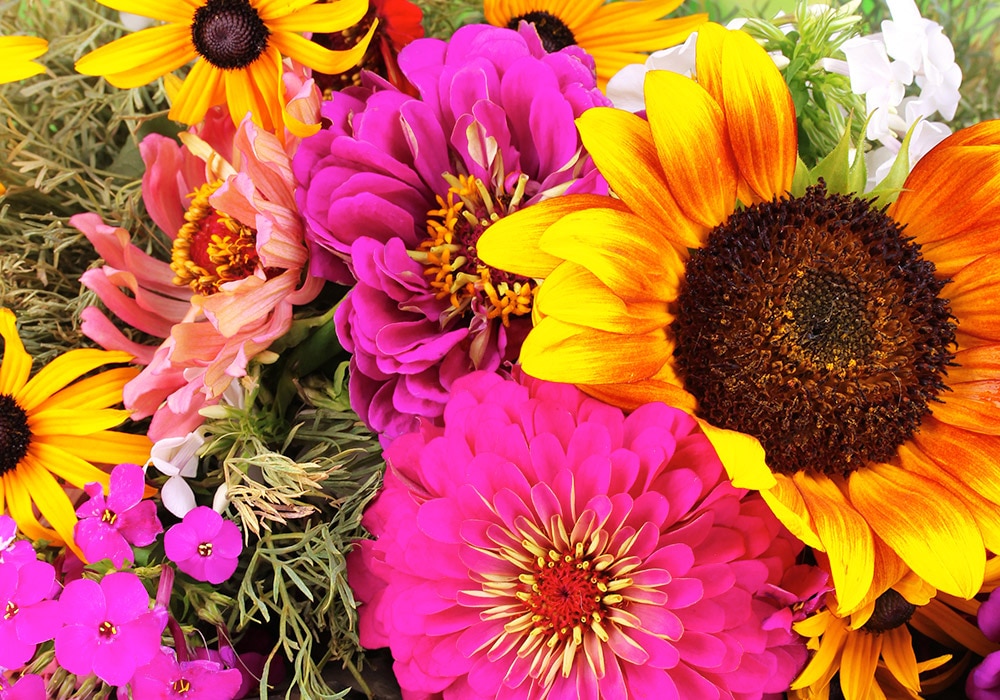
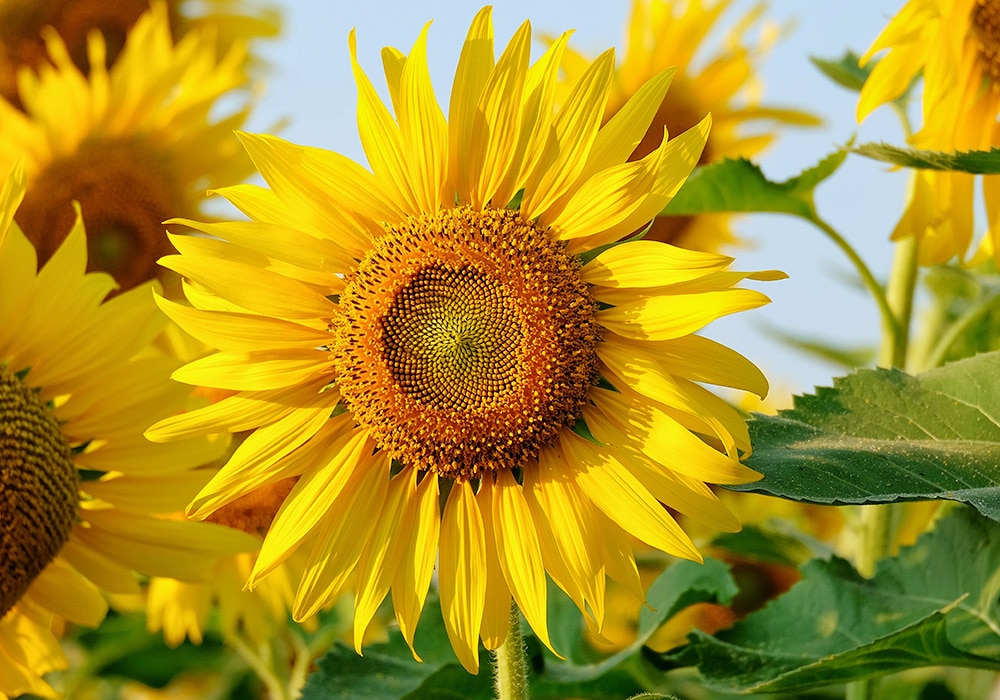
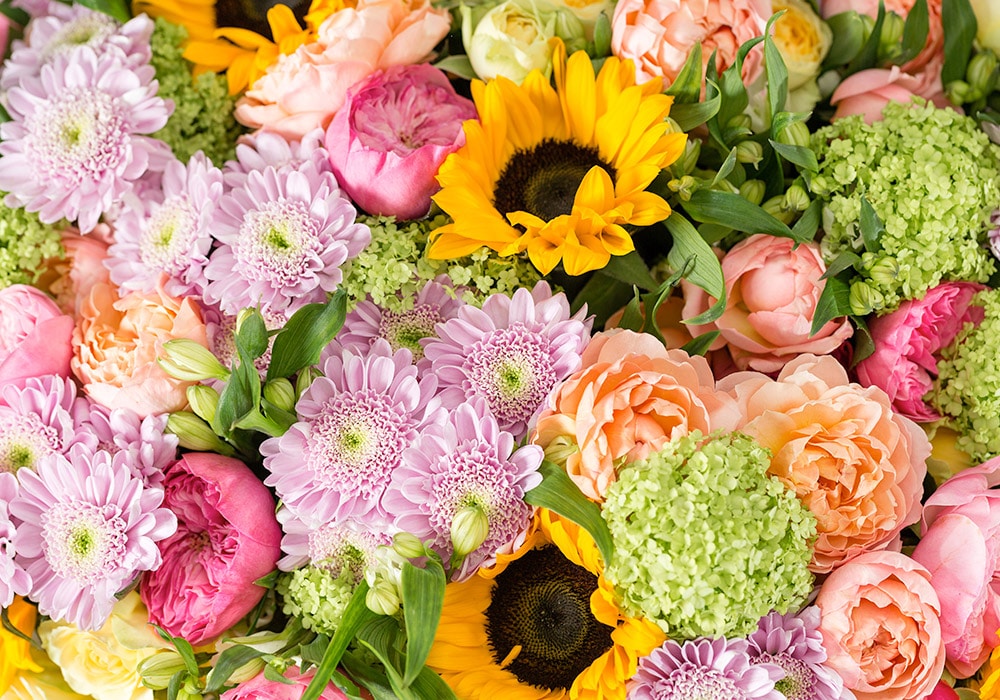
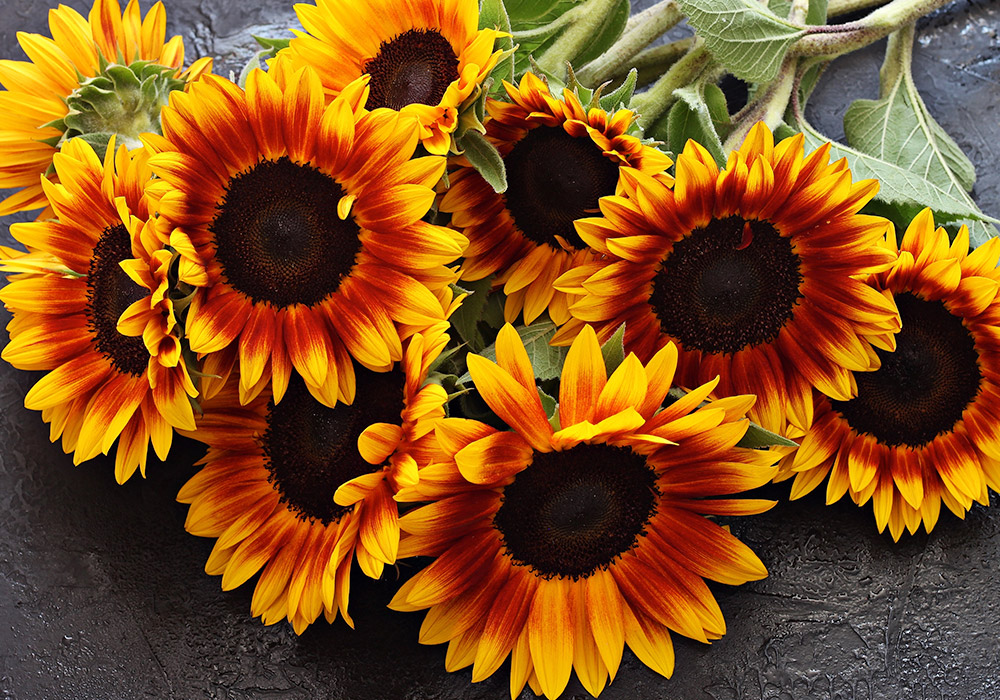
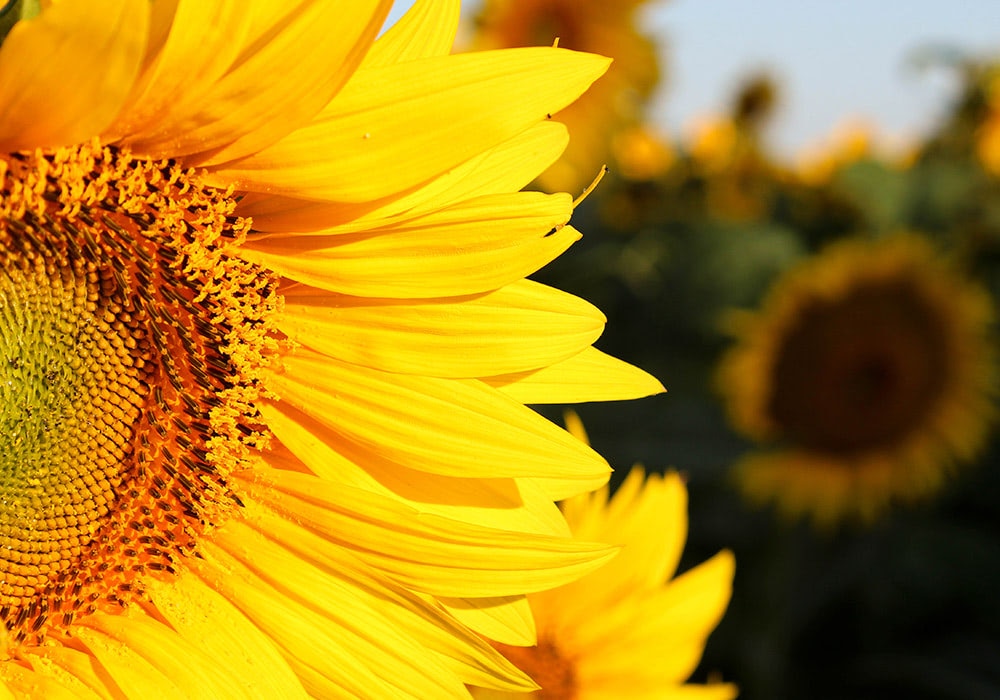
Sunflower Occasions
Since sunflowers are a vibrant source of happiness and positivity, they are an appropriate gift for just about any occasion, from "get-well" and sympathy for the home to "congratulations" and "happy birthday." Sunflowers are also often used to celebrate third wedding anniversaries as they symbolize adoration, strength, and loyalty.




